







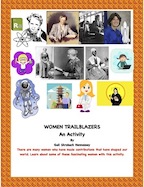
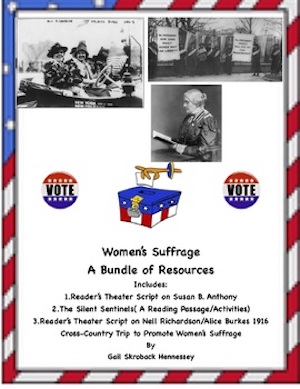



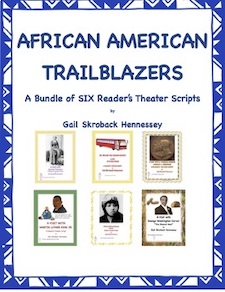









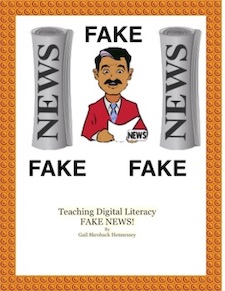

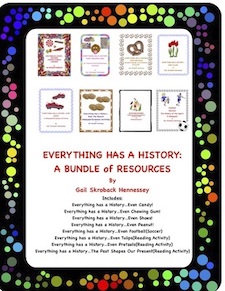
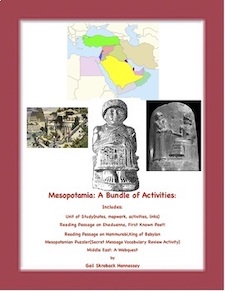


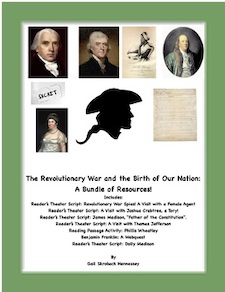
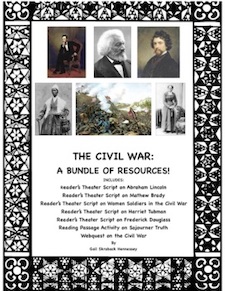



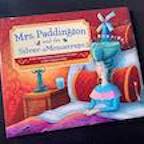
My Book-Mrs. Paddington and the Silver Mousetraps





Anti-Bullying Resources

Bell Ringers!

Updated regularly

Mrs. Portulaca Purpilopilis
and the Purple Adventure Goggles




Facts to Wow your Friends!

 Teaching Ideas!
Teaching Ideas!
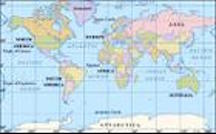




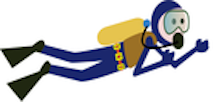


` `

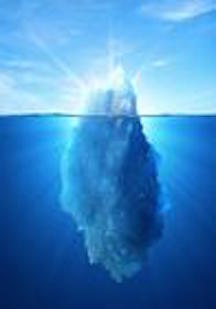
1. Can you explain to young people what is an iceberg hunter for the IIP?
First you need to be part of the US Coast Guard in order to work at the International Ice Patrol(IIP). The International Ice Patrol search for icebergs that have calved from Greenland and have traveled into the North Atlantic Shipping Lane. By monitoring where the icebergs are and sending the information to ships, we can help keep ships safe as they travel this busy part of the Atlantic Ocean. Most of our flights occur in the months of February and last through July but can begin earlier or last longer depending on the iceberg conditions. We have never landed on and iceberg and don't really recommend it. It can be very unsafe, with waves and the weight of the plane could throw the iceberg off balance.
2. What is the best part of your job?
Seeing icebergs is the most exciting part for me. Seeing a berg from 6000 ft. and then seeing it from 400 ft. is really cool. We also drop buoys from the back of the airplane to track the currents so that we can determine where the icebergs will go. When we drop a buoy, we’re about 300-400 ft. off the water and going about 125kts(about 145 mph). The cargo hatch of the plane is opened and we throw the buoy out into the ocean. It’s pretty exciting.
3. What would you say is the most difficult aspect of being an iceberg hunter (nicknamed an “ice pick”)?
When the weather isn't good and clouds make for poor visibility, it can be dangerous flying.
4. Do you have a memory you'd like to share concerning your job?
I remember seeing whale and fish while patrolling. On a clear day, you can see whales and schools of fish swimming around. The whales look like very small light blue ovals and the schools of fish make calm water look very messy, almost like a lot of tiny waves in a small area.
5. What are the necessary skills/degrees needed to become part of the IIP?
Getting into the Ice Patrol takes a few steps, and it's a little difficult because it's a very small unit and the only one like it in the Coast Guard To get into the Coast Guard, you need to be 18, or be 17 and have your parent's signature. You also need a high school diploma or a GED and a clean criminal record. Once you get through all the paperwork that you get from a recruiter, you have a physical to determine whether you're fit to be in the military. After that's completed and you're given the OK, you head to boot camp for 9 weeks. Once you get out of boot camp, you need to put your name in the list for Marine Science Technician school, held in Yorktown, VA for 2 months. After that you try to go to the Ice Patrol.
6. Any suggestions for young people who might be interested in your career?
Study hard. Work hard in school. Science is a big part of this job and the more you know coming in, the easier it is to understand what we do.
7. Describe a day at your job.
The team meets around 8 AM and we stop to get food to eat on the plane. We print out the flight plans so that we can write down when we see things. Once we get all our paperwork together , we take off in the plane. Patrolling for icebergs can be a 4-8 hour search. Each flight covers an area of 30,000 sq. miles or more. Buoys are dropped to monitor the direction of bergs and then after we land, we have a couple hours of paper work. The information we gathered such as iceberg sightings, are turned into a picture that includes the flight track we flew and everything we saw on that flight. The information is sent out to ships sailing in the area.
8. What got you interested in this career choice?
I like weather. When I was a kid, whenever a thunderstorm would hit, I’d sit in my garage and watch it. In high school, I took earth Science and loved it. In the IIP, oceanography is dealt with more than weather but its still enough of the science I like. The IIP is one of maybe three units left in the Coast Guard that still deal with weather. I heard about the International Ice Patrol when I went into the Coast Guard in college.
Note: Picture from WPClipart.com